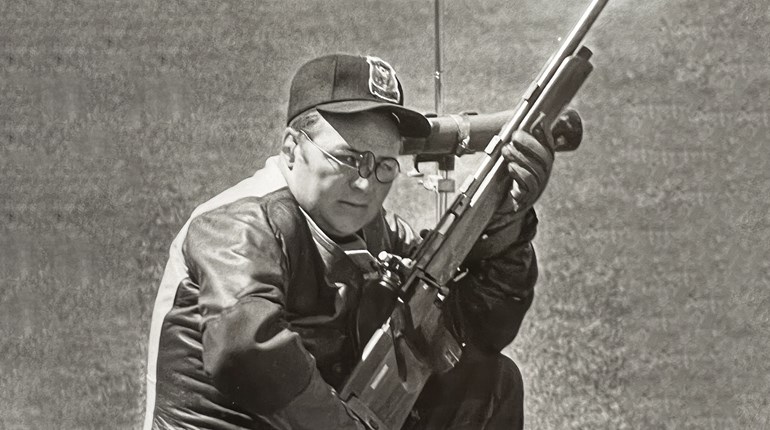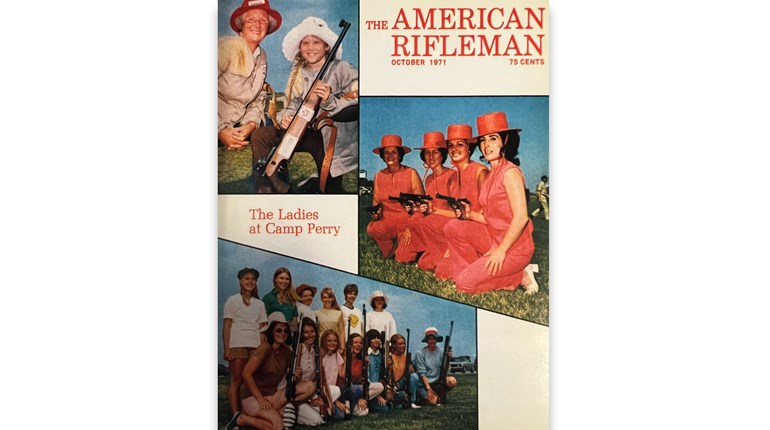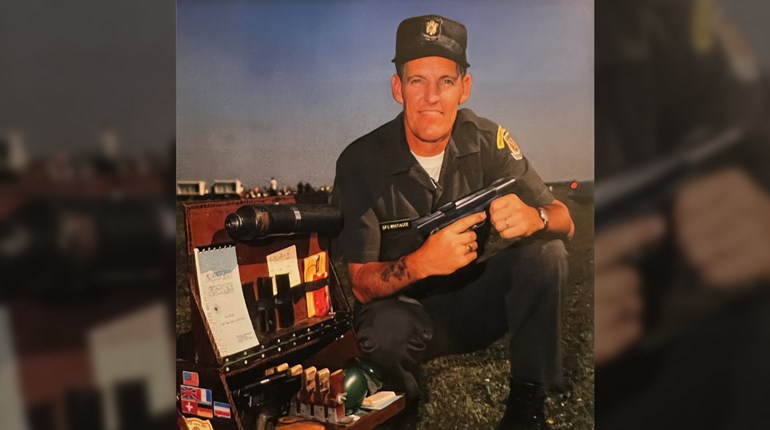
The American Civil War was fought mainly using conventional warfare tactics of the time. The two armies, North versus South, squared off across clearly drawn battle lines, then proceeded to pound each other for four long and bloody years, from 1861 to 1865. At issue was the question of states’ rights, in general, and slavery, in particular. The conflict ultimately resulted in as many as one million dead, including soldiers, civilians and slaves, marking the Civil War as the deadliest military conflict in America’s history.
But not all the tactics used during the war were conventional, nor all the combatants officially soldiers. Civilian Southern sympathizers—known as bushwhackers—operated in some of the border states. Made up of loose groups of men, numbering from a handful to dozens per group, these guerilla fighters used hit-and-run tactics to attack not only Union military units but also northern towns, keeping local residents on edge and living in constant fear. The most famous group of bushwackers was Quantrill’s Raiders.
Ironically, William Clarke Quantrill was born in Canal Dover, Ohio, not the South. The oldest of a dozen children, William began teaching school at age 16 to help support his widowed mother and their large family. But a year later he up and moved to Mendota, Illinois. While there, he killed a man in a fight, was arrested and tried for the crime, but pleaded not guilty. Since there were no witnesses to the altercation, he was eventually set free but “strongly encouraged” by authorities to leave town.
Returning home to Ohio in the fall of 1856, he spent the winter in his family’s small cabin, soon growing restless once again. Many of his fellow Buckeyes were migrating west to the Kansas Territory in search of work and cheap land, so with nothing to lose Quantrill decided to join them. Thus began a period of his life where he drifted throughout the West and South, in general living a somewhat … questionable … lifestyle as pertained to obeying the law.
It was during those years that Quantrill met Joel B. Mayes in Texas, war chief of the Cherokee Nations. It was Mayes, a Confederate sympathizer, who taught Quantrill and other impressionable young men the guerrilla fighting tactics that had been used by Native Americans for centuries. Early in the Civil War, Quantrill, while in the company of Mayes and members of the Cherokee Nations, joined Confederate General Sterling Price and fought at the Battle of Wilson’s Creek and the First Battle of Lexington, in August and September of 1861, respectively.
Following the Wilson’s Creek fight, an historical work described the tense situation existing in Missouri at the time:
“Unlike other border areas in Maryland and Kentucky, local conflicts, bushwhacking, sniping, and guerrilla fighting marked this period of Missouri history. When regular troops were absent, the improvised war often assumed a deadly guerrilla nature as local citizens took up arms spontaneously against their neighbors. This was a war of stealth and raid without a front, without formal organization, and with almost no division between the civilian and the warrior.”
It was in this charged atmosphere that Quantrill formed his pro-slavery band of raiders. Named among the group were such dangerous and violent young men as Cole Younger, William T. “Bloody Bill” Anderson, and the brothers Jesse and Frank James. The group raided throughout the Kansas-Missouri border area, battling civilian vigilante anti-slavery groups known as Jayhawkers.
During that period of take-no-prisoners border warfare (1855–1861), the region became known in newspapers as “Bleeding Kansas.” Quantrill’s Raiders so successfully employed their unconventional hit-and-run tactics that the Confederate government soon took notice and granted Quantrill a field commission of Captain under the Partisan Ranger Act of 1862.
However, the serious regional situation took an even more deadly turn in 1863, during the middle of the Civil War. Lawrence, Kansas, was a center of the anti-slavery movement in the territory, and as a result Quantrill and his men had been banned from entering the town. In addition, some women of known pro-slavery guerilla families had been taken into custody in Kansas City, Missouri, with ultimate plans to remove the women from the area.
In one of the houses where the women were being kept, Union soldiers had enlarged the space of the lower level by removing some of the roof support beams. Not surprisingly, the house eventually collapsed, killing several of the women and severely injuring several more. Upon hearing the news, Quantrill and his raiders were enraged and swore to take their revenge on the town of Lawrence.
About 5:00 a.m. on Friday, August 21, 1863, Quantrill, his men and other bushwhacker groups gathered on the outskirts of Lawrence, all mounted on horseback. It was to be a coordinated attack, arranged by Quantrill, the bushwhackers numbering some 450 men. Over the next four hours, the raiders pillaged and burned a quarter of the buildings in Lawrence, including all but two businesses. They also looted the banks and stores. But the worst of the carnage was the killing. More than 150 men and boys were slaughtered, most of whom were unarmed. Thankfully, Lawrence’s women were spared, and by 9:00 a.m. the raiders were riding back out of the smoldering town.
The Lawrence Massacre, as it came to be known, so appalled the Confederate government that it quickly rescinded Quantrill’s field commission and never issued another one. The deadly attack perpetrated upon civilians had made it clear that bushwhackers—described as rowdy, undisciplined and dangerous—could not be controlled, let alone trusted.
Quantrill and his raiders spent their winters in the southern states during the war, offering their services to the Confederacy, so they headed that direction following the massacre. But Quantrill gradually lost control of his men during the winter of 1863. Splitting into factions, the raiders returned north in the spring of 1864 in small bands. Quantrill took what remained of his band to Kentucky where he planned to continue raiding, but was eventually hunted down by Union troops and cornered in a barn. During the ensuing shootout, he was hit in the back, paralyzed from the waist down, and subsequently captured. He died of his wounds a few weeks later. William Clarke Quantrill was just 27 years old.
As the years pass, the details of Quantrill’s Raiders continue to grow dimmer. Were they Southern patriots bravely operating behind enemy lines, as some say, or simply a gang of out-of-control murderous thugs? In more recent times, the raiders were remembered in the two True Grit movies produced in 1969 and 2010. In the films, protagonist Rooster Cogburn (played by John Wayne and Jeff Bridges, respectively) prides himself in having been part of Quantrill’s Raiders during the Civil War. He even keeps a pet cat named General Sterling Price.






































